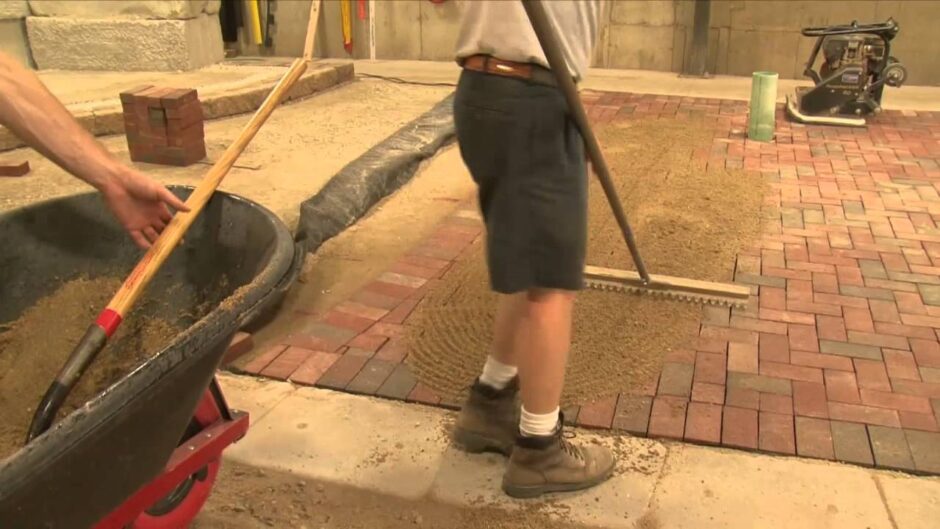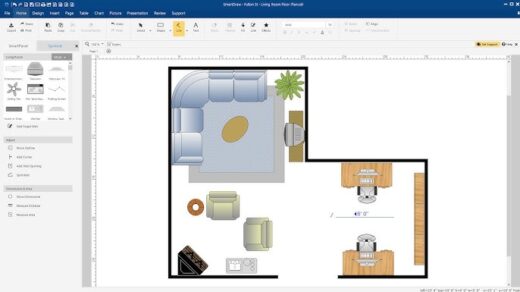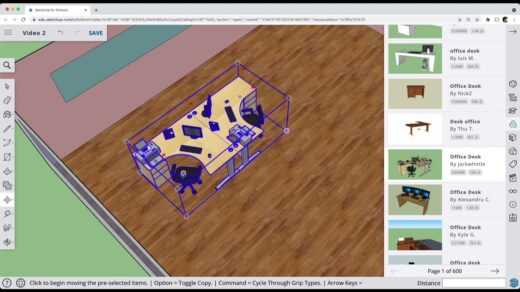Bricks have been used for centuries and they continue to serve as a sustainable building material. Unlike other popular building materials, bricks require less energy to mine, manufacture and transport.
The modern technology of vertical shaft brick kiln (VSBK) has been shown to consume 61% less fuel than traditional clamp kilns. The use of this new firing innovation reduces environmental pollution caused by the combustion of fossil fuels.
Energy
Brick making is a crucial industry that contributes to the economic development of many nations. However, the traditional method of making clay bricks is environmentally harmful and pollutes the air in cities and rural areas. A large part of these harmful effects is due to the use of rudimentary kilns that are heated using coal. Worldwide, these kilns produce 20 percent of the world’s black carbon emissions – and that’s not good news for human health.
To reduce these impacts, new technologies have been developed to improve brick manufacturing processes. These include the extruder for shaping brick, the Hoffmann and tunnel kilns for firing the brick and the chamber drier for drying the brick. These new technologies help to minimize energy consumption and reduce air pollution.
Another way to help improve the environmental impact of brick production is to replace the chemicals, fillers and epoxies used in traditional etching. These are toxic and can damage the environment over time. Laser engraving allows for a more sustainable etching process that eliminates the need for these harmful substances.
In addition, AP lazer can create precise and accurate markings on brick and stone with little to no errors or waste materials. This helps to optimize operating budgets and meet deadlines. It also allows you to diversify your product line and provide more personalized service for customers.
Brick producers are also working to control air emissions through scrubbers, filtering and additives on kiln exhaust systems. They are implementing methods to recycle lime waste as a beneficial additive to soil and recycling the oil, antifreeze and hydraulic oil that is used in brick production. They are even regulating truck speeds and fuel efficiency to reduce vehicle emissions.
While the brick-making industry is still producing some negative environmental effects, it’s important to remember that the brick itself is 100 percent inert and non-organic. Additionally, bricks are very tough and durable, so they don’t deteriorate easily. These qualities allow for easy maintenance in parks, memorials and other public spaces, with the added benefit of creating a visual character to which visitors, friends and family can easily relate.
Water
Brick making has been in use since the Mesopotamian civilization and is one of the most common building materials in the world. Clay is mixed with shale and sand then molded into a shape and fired in a kiln. This process can be extremely destructive to the environment and requires substantial amounts of energy. However, despite these environmental impacts, the industry plays an important economic role in many developing countries.
In order to reduce these effects, modern technology has been developed. For example, zigzag and Hoffmann kilns can minimize pollution and utilize waste materials to decrease production costs. Furthermore, the use of alternative fuels such as sawdust and methane gas can also help reduce emissions.
Engraved bricks are becoming increasingly popular as a form of memorial and fundraising. This is due to the fact that they are a permanent and lasting tribute and also because of their natural beauty. Using a laser for engraving is a much more environmentally friendly method than other methods such as sandblasting or a waterjet. Polar Engraving Company, for instance, specializes in laser engraving, providing an environmentally friendly and efficient way to engrave bricks. The reason for this is that the laser does not damage the surface of the brick and it can actually make the area where the engraved lettering is stronger than the rest of the brick.
Another problem with sandblasting is that it can cause the brick to crack and break away from the surrounding area. This is because the sand blasting creates stress in the brick which causes it to crack and wear away. A CO2 laser does not have this issue and it is an environmentally friendly and efficient way to engrave bricks.
Other sandblasting techniques require the use of solvents which are harmful to the environment. These solvents often contain toxic chemicals which can leach into the groundwater and negatively impact human and animal health. In addition, the sand used in sandblasting is a by-product of other industrial processes and can end up in lakes, rivers and streams where it can damage wildlife.
Air Pollution
Brick production is a significant source of air pollution. Traditional brick kilns burn coal and fuelwood to produce clay bricks, and these fossil fuels release a lot of carbon dioxide (CO2). This CO2 contributes to climate change, and it also contaminates the atmosphere with short-lived climate pollutants such as volatile organic compounds, particulate matter, and Sulphur oxides.
Fortunately, there are many changes that can be made to reduce the environmental impact of brick engraving and production. For example, using natural gas instead of fuelwood is a much better option for the environment. Several manufacturers now use this method. In addition, the majority of brick kilns are now fuelled by renewable energy sources like biomass. Some kilns even use waste products from other industrial processes such as sawdust from furniture manufacturing or petroleum coke, the result of oil refining.
There are also efforts to reduce water consumption and emissions. For instance, some kilns are now being powered by recycled biogas from agricultural or sewage waste. This is an excellent alternative to fossil fuels, and it can help to reduce the water footprint associated with the brick industry.
The brick industry in Bangladesh is a major economic contributor, engaging more than one million people. It is a highly labor intensive industry, and it requires substantial amounts of land. Brick making is a key economic activity in the country, and it is expected to grow rapidly in the next few years. Although the industry has some negative impacts on the environment, it also plays an important role in local economies.
Unlike sandblasting, laser engraving does not chip away at the brick surface. In addition, the process does not require fillers or epoxies that are subject to breakdown under harsh weather conditions. These chemicals can allow moisture to seep into the letters of the brick, leading to mold and mildew that could be a health hazard for patrons and staff members. Also, sandblasted brick can become damaged by exposure to ultraviolet sunlight and can fade in color over time.
Waste
Brick is a durable and cost effective building material. It is made from recycled materials, primarily clay and shale that are mined with methods that reduce environmental impact. Bricks are fire resistant and can withstand centuries of use. This green product uses less embodied energy than concrete, steel, aluminum and wood. It also requires less energy to produce, transport and install. It is a healthier alternative to other building materials that contain toxic chemicals, including asbestos and lead.
It is important to note that the kilns used in brick production create significant air pollution. Typical kilns operate at high temperatures and burn fossil fuel, such as coal. The burning of fossil fuels emits harmful gases into the atmosphere, including carbon dioxide, nitrogen oxides (NOx), and nitrous oxides. These emissions contribute to the global warming effect.
The smoke generated from the kilns can cause health problems for local people and livestock. It also damages agricultural crops. Farmers and farm workers are especially susceptible to the harmful effects of the smoke. The toxins from the smoke irritate the eyes and lungs, which can lead to respiratory diseases such as silicosis and pneumoconiosis.
In addition, the kilns produce large amounts of toxic ash waste. This ash can contaminate water and soil. It can also damage fruit plantations, especially mango plantations. The ash can leach heavy metals from the tree roots and affect the quality of the mango.
The smog generated by the brick kilns can have adverse effects on human health. It can irritate the skin and eyes and can cause lung diseases such as bronchitis, asthma, and pulmonary edema. The smog can also interfere with the ozone layer.
To minimize the impact of brick kilns, governments need to adopt policies and programs that support the transition to more sustainable and environmentally friendly firing innovations. These technologies can include using waste from other industries to fire the kilns. This would reduce the need for exploitation of land and fuelwood, as well as reduce emissions of air pollutants. The government can also encourage the use of energy-efficient kilns, such as the zigzag and Hoffmann kilns.



